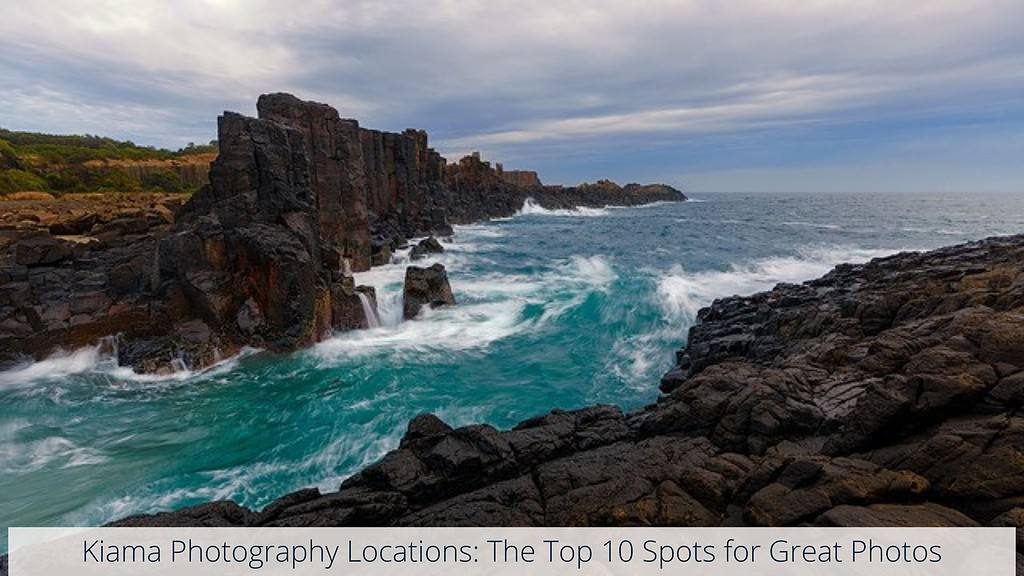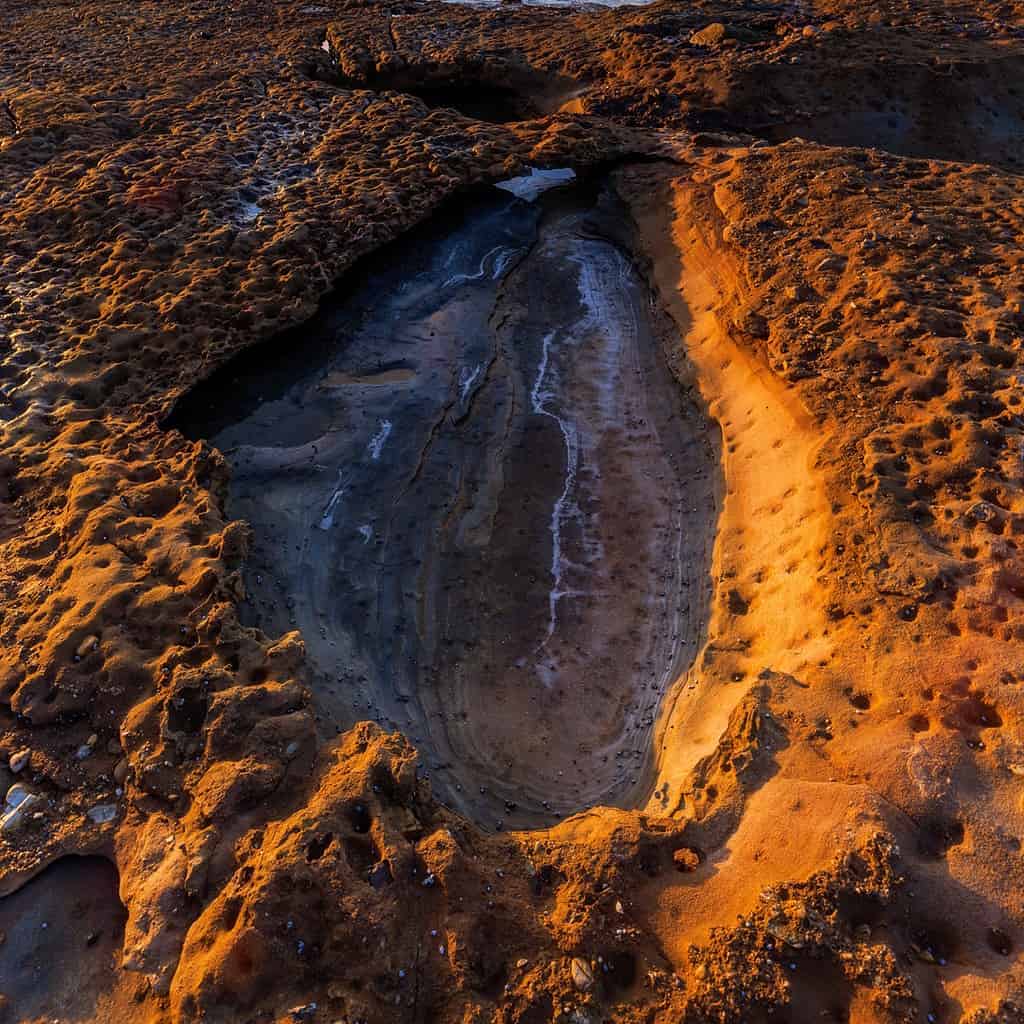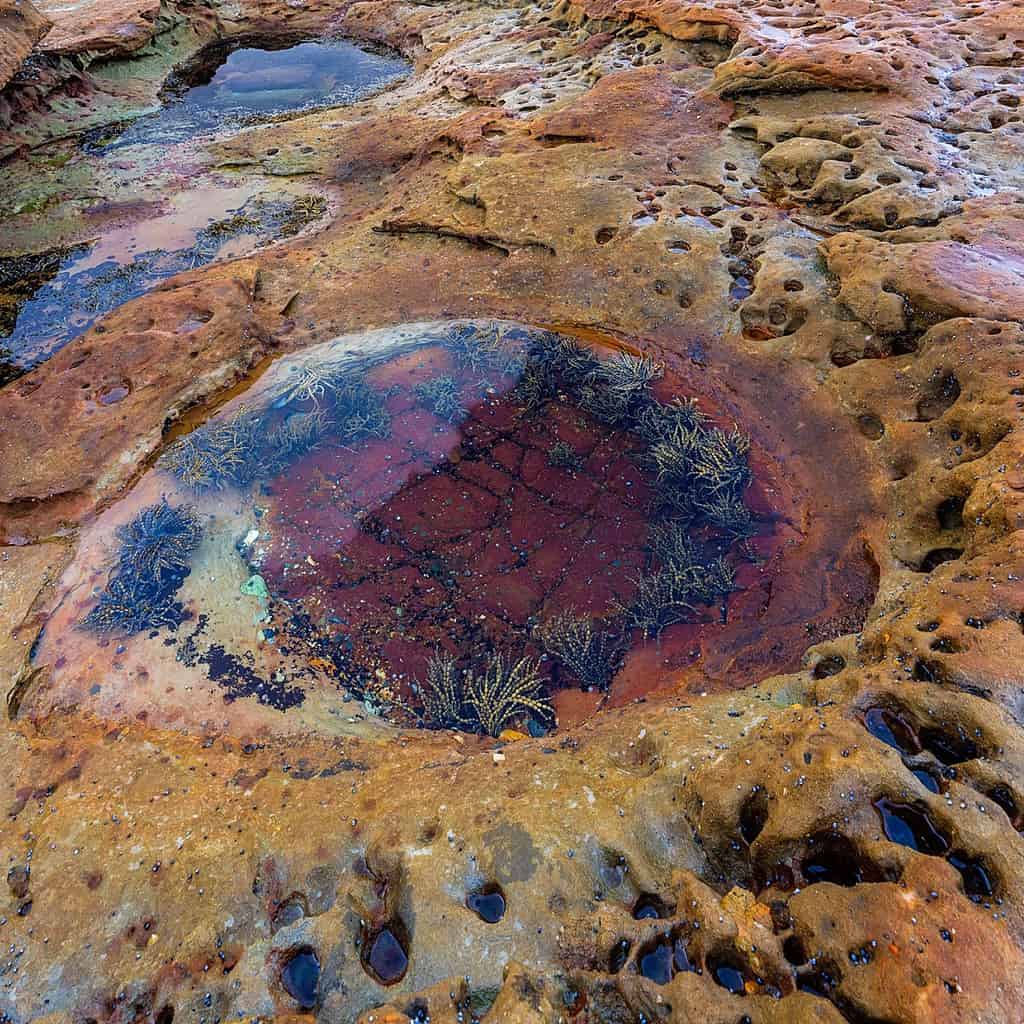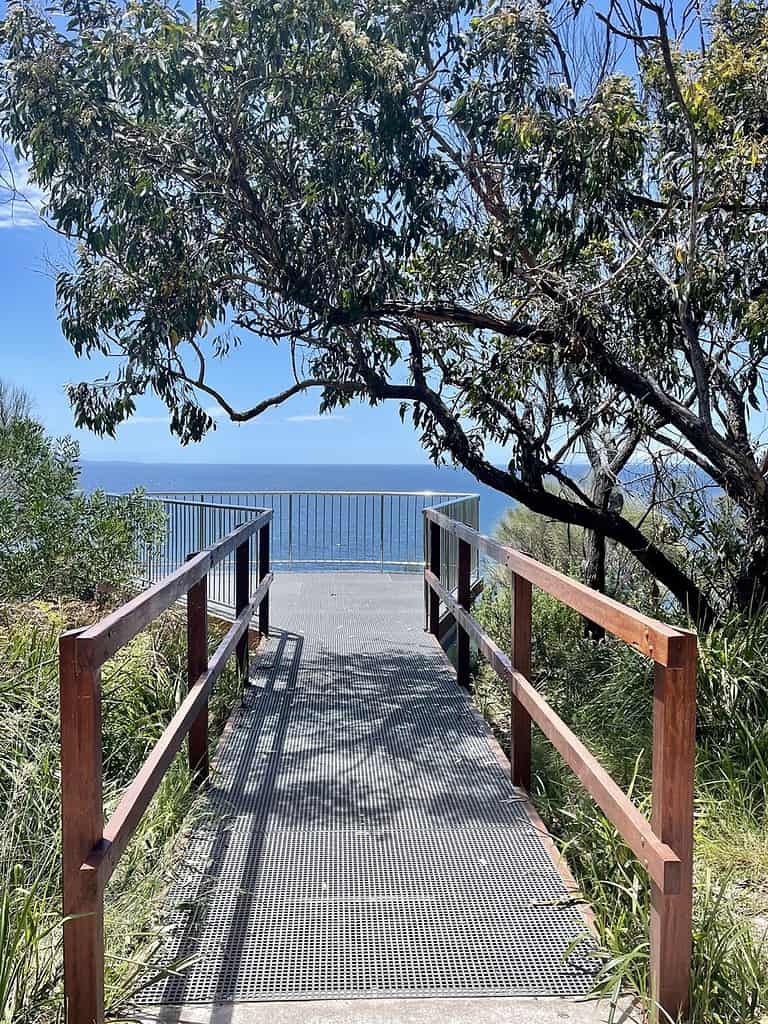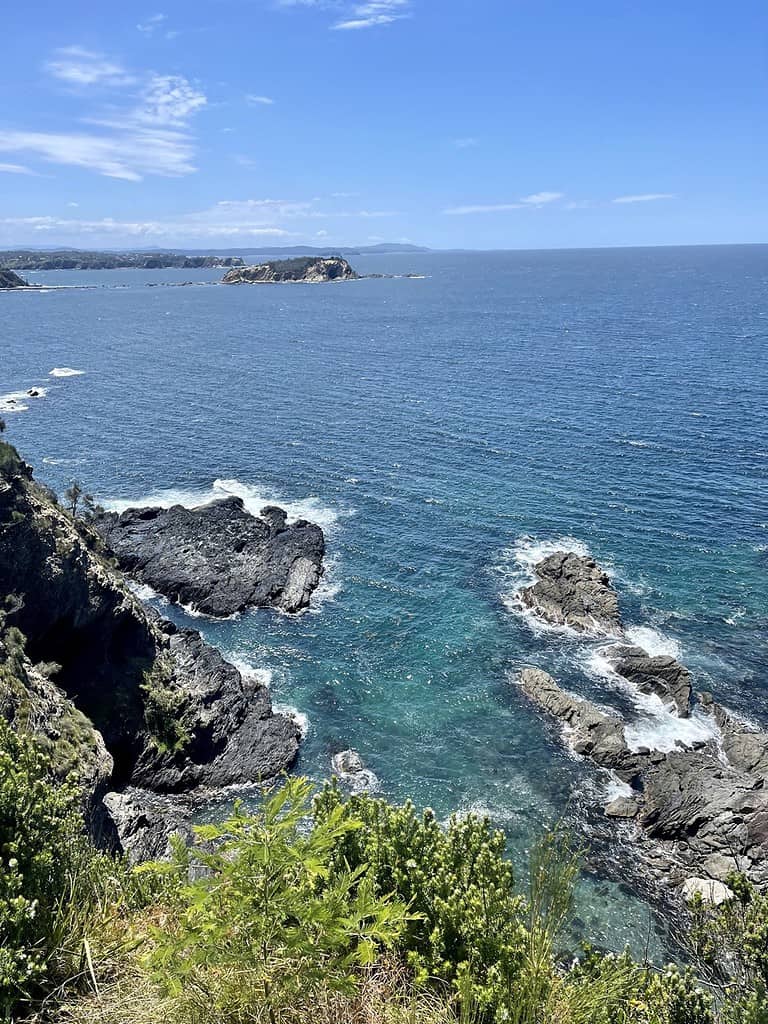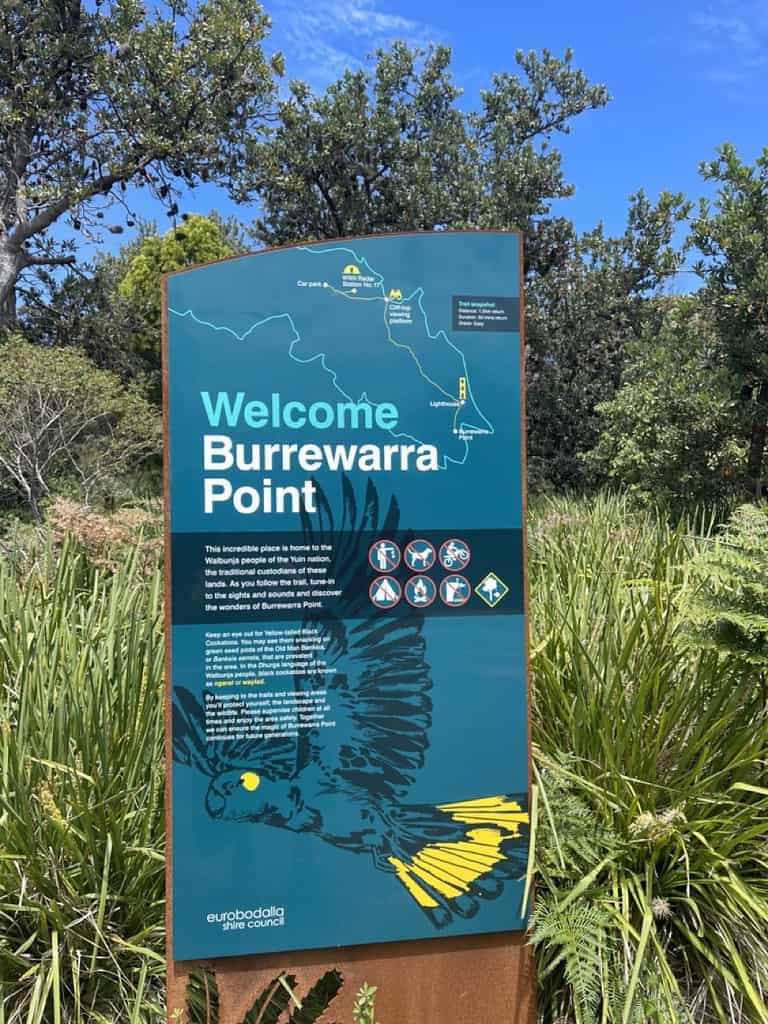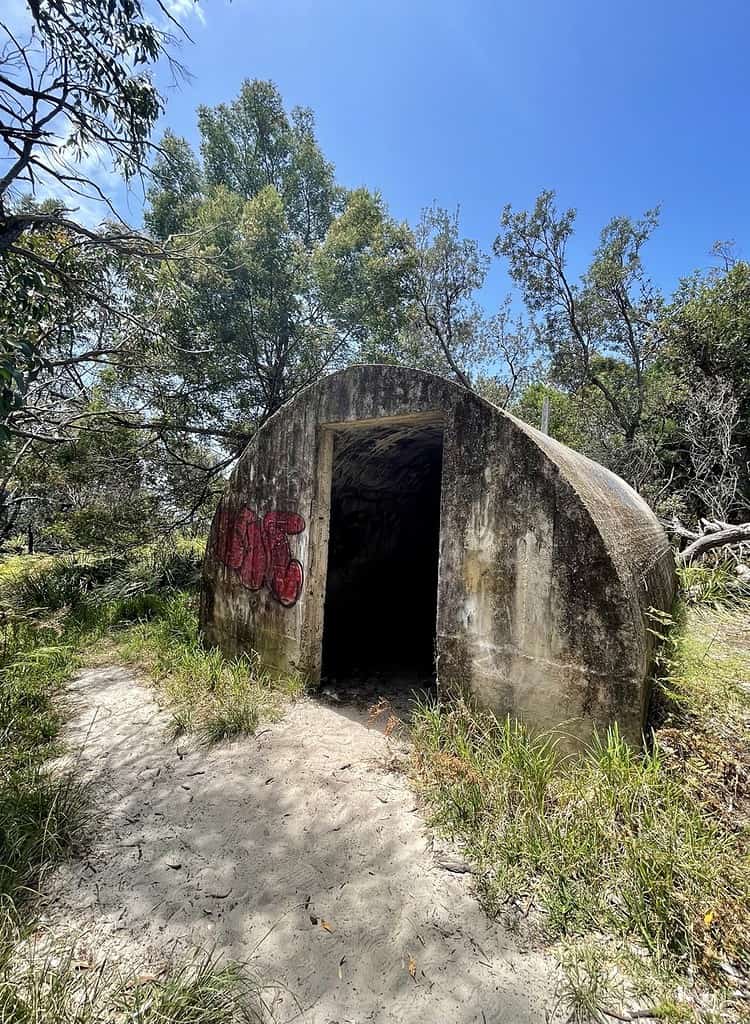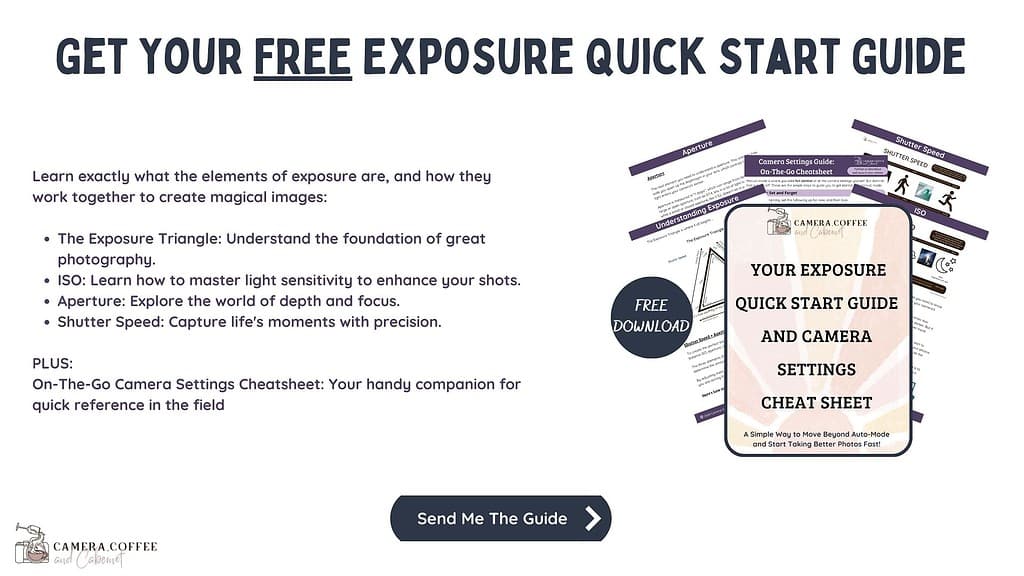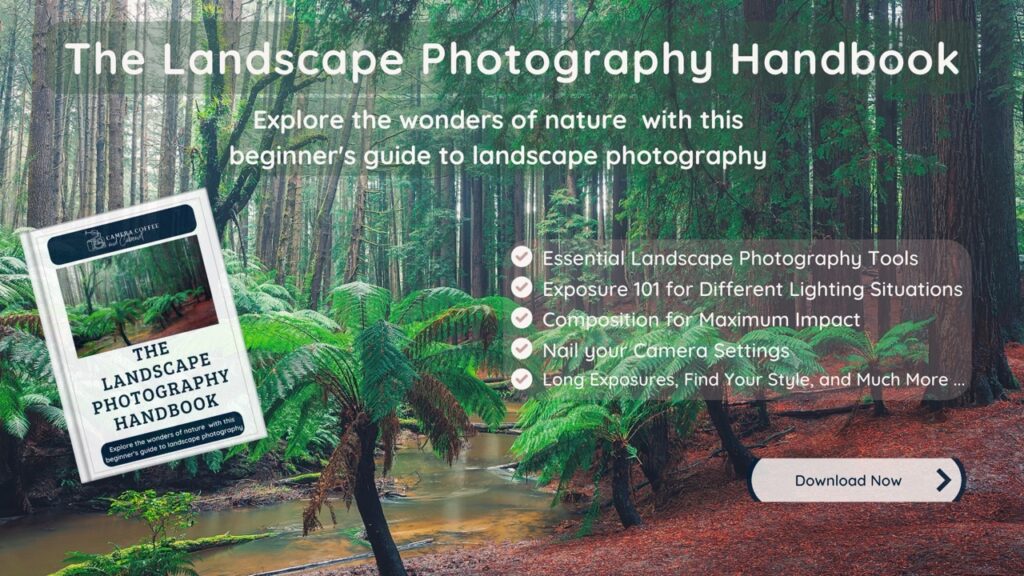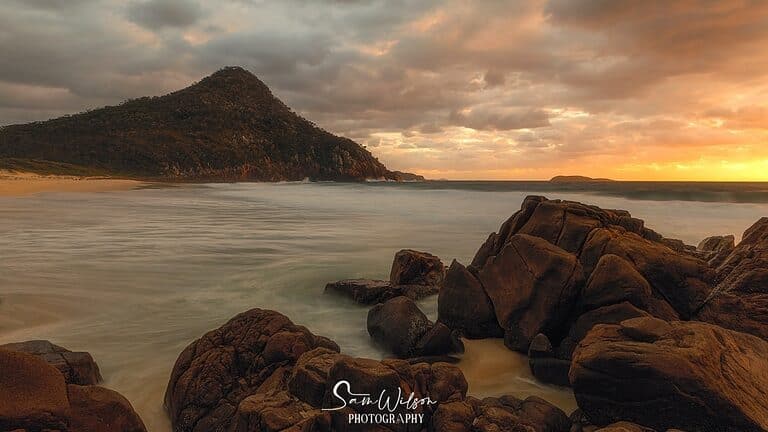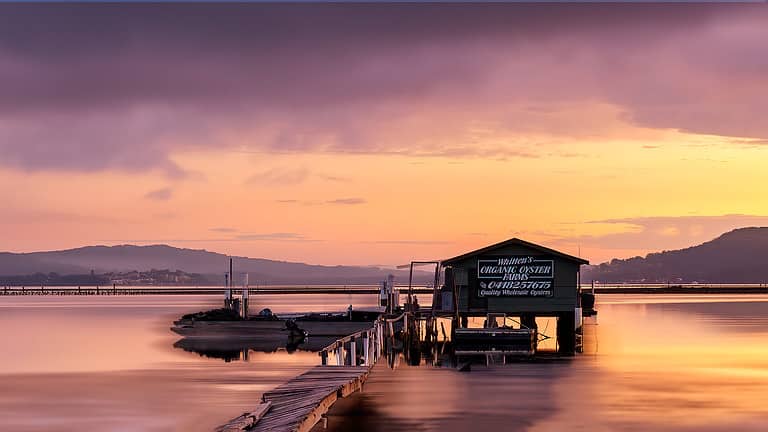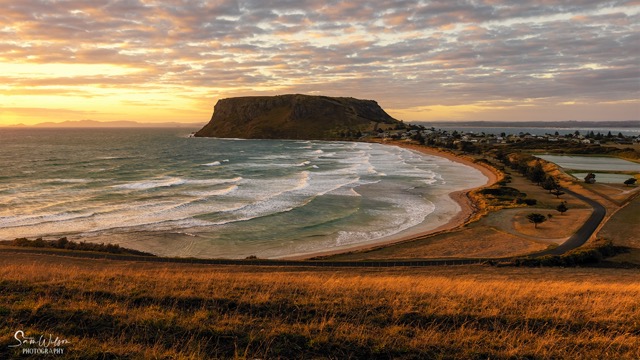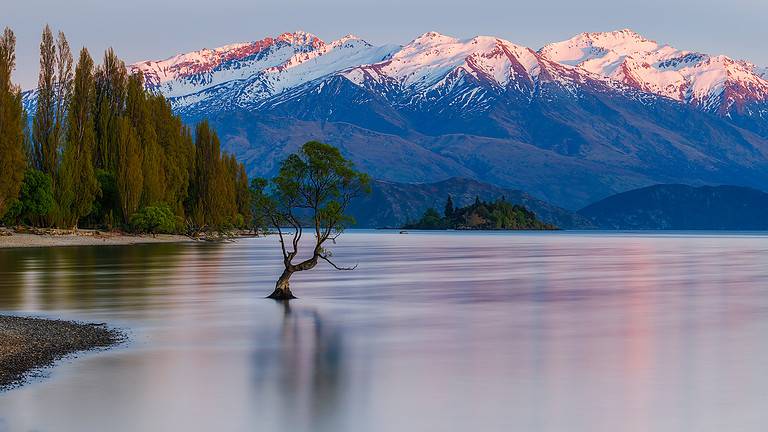NSW South Coast Photo Spots: The Top 10 Locations for Great Photos
If you’re a lover of stunning landscapes and breathtaking seascapes, then you’ll definitely want to check out the South Coast of New South Wales.
This article will take you through the top 10 photo spots that are perfect for capturing the beauty of this region.
The Stunning South Coast: From Wasp Head to Camel Rock, you will find all the best spots to photograph. This includes the information you need to know, including how to get there, the best time to photograph, Google Maps links and more.
These locations are sure to inspire you to capture the essence of this beautiful region no matter where you are in your photography journey.
So, grab your camera and let’s explore the top South Coast photo spots together!
From Kiama to Bermagui – don’t miss these top South Coast photo spots
This article will mostly cover from South of Kiama down to the beginning of the Sapphire Coast that is Bermagui.
If you are looking for some fabulous locations to photography in and around Kiama, and trust me you should if you haven’t been there already, then you need to check this article out:
The drive from Sydney down the South Coast is one of the most stunning, and often underrated, being much quieter than heading north.
If you can, don’t rush it as there are an incredible amount of untouched spots to photograph along the way.
Before we get to the South Coast photo spots, I’m going to add some bonus stops along the way if you are coming from north of Kiama.
If you are travelling from Sydney or beyond, I highly recommend you take the scenic Grand Pacific Drive. This will take you on a lovely route from Sydney’s Royal National Park down to Shoalhaven and you will get to see Bald Hill Lookout and Sea Cliff Bridge along the way.

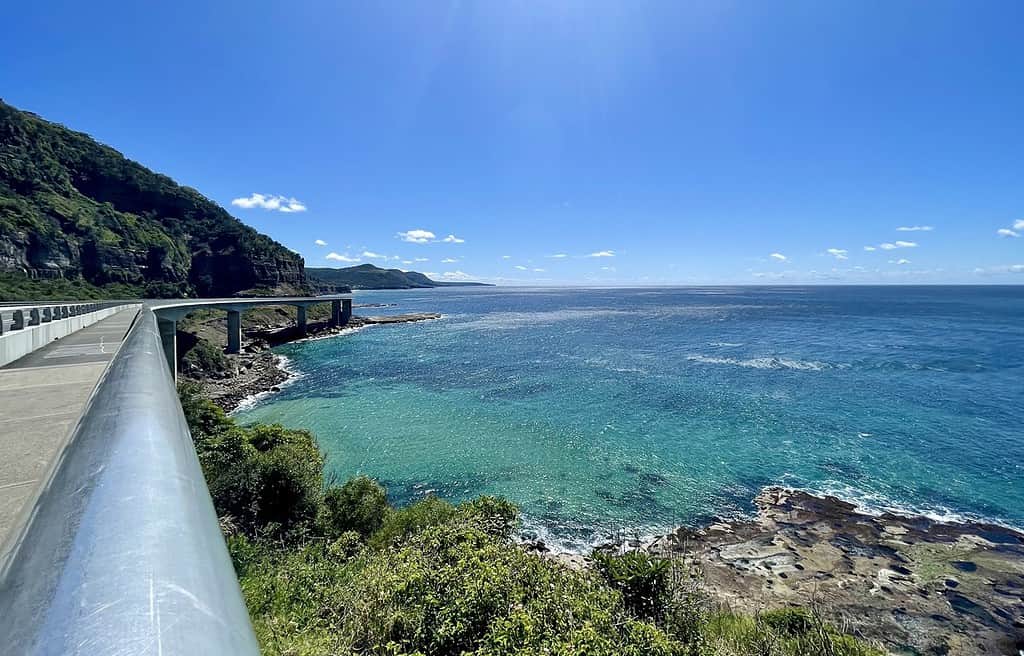
You can thank me later for this.
Hopefully you’ve stayed a night or three at Kiama to photograph the iconic Bombo Quarry, Cathedral Rocks and more before heading down to the Shoalhaven area.
The first six locations outlined in this article are all within around 30 minutes from Batemans Bay, so that is a great central location to base yourself for a few days.
But first, make sure you stop off at Huskisson, famous for its white sand beaches and crystal clear waters.

The Trusted Traveller has a great Two Week South Coast Road Trip Itinerary if you’d like to explore this area more and extend your trip.
Now, Let’s get to the best NSW South Coast Photo Spots
Wasp Head
Wasp Head is a beautiful, unique and secluded photographic treat located in South Durras, New South Wales, Australia.
It’s not just the stunning sandstone cliffs though. Head down onto the rock ledge and you will find an amazing array of rock formations.
The rock formations are unique and have interesting textures, making them perfect for close-up shots. To capture the beauty of this location, bring your tripod, wide-angle lens, and polarising filter.
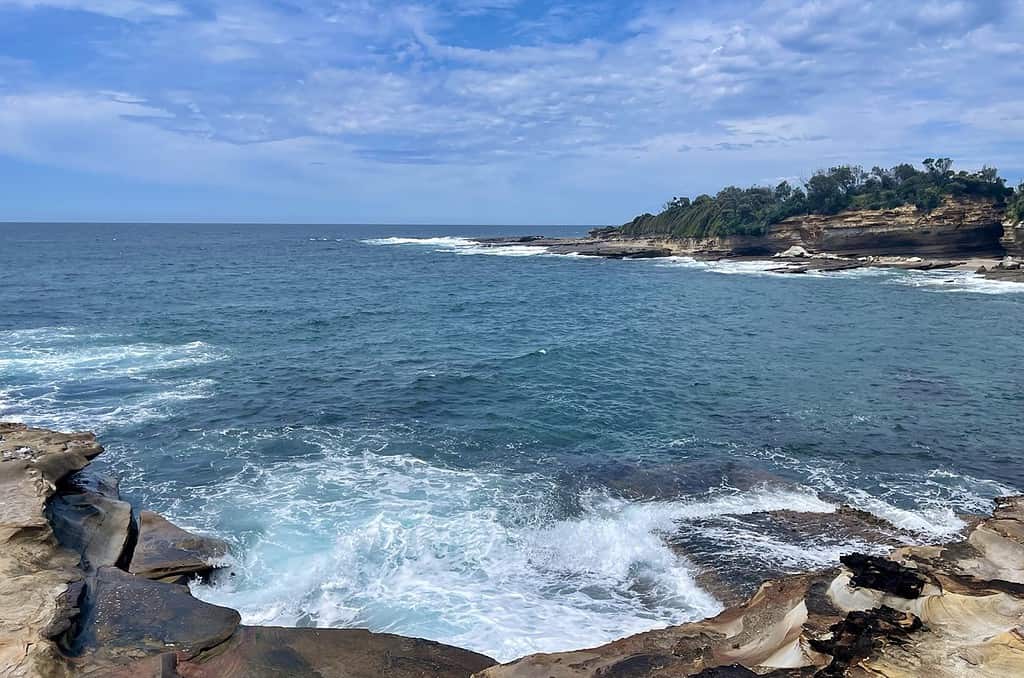
Location – Wasp Head
Google Maps Link – Wasp Head picnic area
Getting There – the last couple of hundred metres of the road in is dirt, but in good condition when I visited late 2022. It’s just then a short 3 minute walk to the incredible rock ledge.
Facilities at Location – nice little picnic area with the closest toilets at nearby Cookies Beach.
Features – incredible rockshelf, sandstone cliff walls, ocean.
Good to Know – Great sunrise location but also good to go during the day as you can get up close and intimate and focus on all the different rock pools, patterns and textures. Good opportunity to practise with the macro lens.
Burrewarra Point
Burrewarra Point is a stunning coastal location that offers breathtaking views of the ocean. It’s a popular spot for landscape photographers, especially during the whale watching season.
You can capture some amazing shots of the whales breaching and playing in the water during winter and spring.
Don’t forget to keep an eye out for the remains of a concrete bunker, which is all that remains of a radar station used by the RAAF during World War 2.
It’s a great spot to add to your photography itinerary, and you won’t be disappointed with the stunning views and photo opportunities.
Location – Burrewarra Point
Google Maps Link – Burrewarra point car park
Getting There – To get to the lookout, it’s just a short 10-minute walk from the carpark.
Facilities at Location – Picnic table available.
Features – Panoramic views of the coastline, whales during migration season, and resident seals on the rocks below the lookout.
Good to Know – To capture the beauty of this location, bring your telephoto lens, tripod, and neutral density filter.
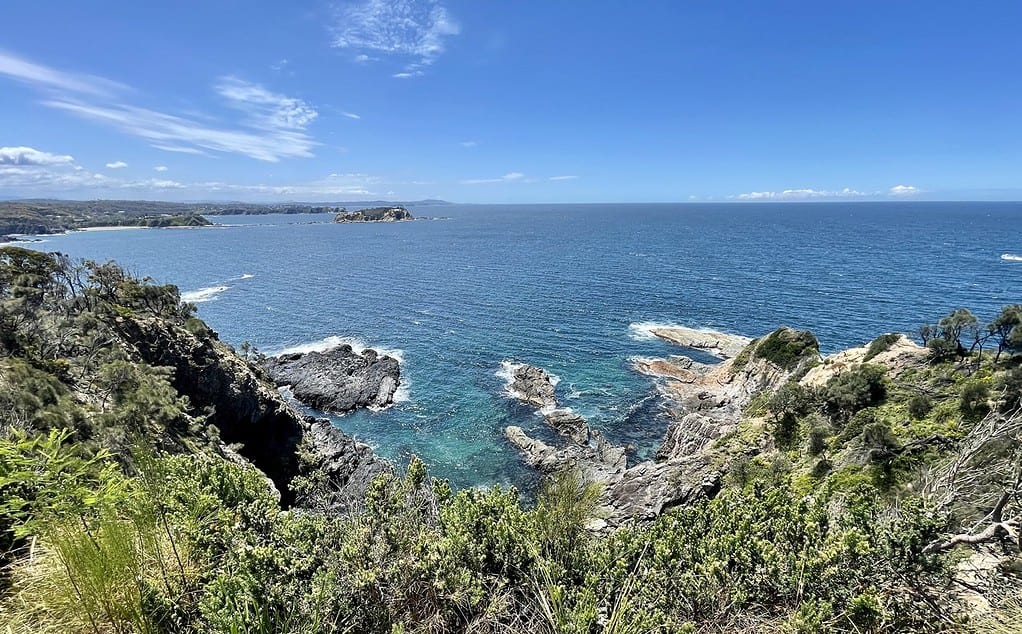
Mossy Point
Mossy Point, NSW is another fantastic location for photography enthusiasts. This spot is known for its picturesque beaches and stunning rock formations, which make for some amazing landscape shots.
The beach is also a popular spot for surfing, and you might even catch some surfers in action to add some action shots to your photography collection.
To get to Mossy Point, it’s just a short drive from Burrewarra Point lookout. Once you arrive, you’ll be greeted with beautiful views of the ocean and the surrounding landscape.
Don’t forget to explore the rocky outcrops and tide pools for some unique photo opportunities. Mossy Point is definitely a must-visit location, particularly at low tide.
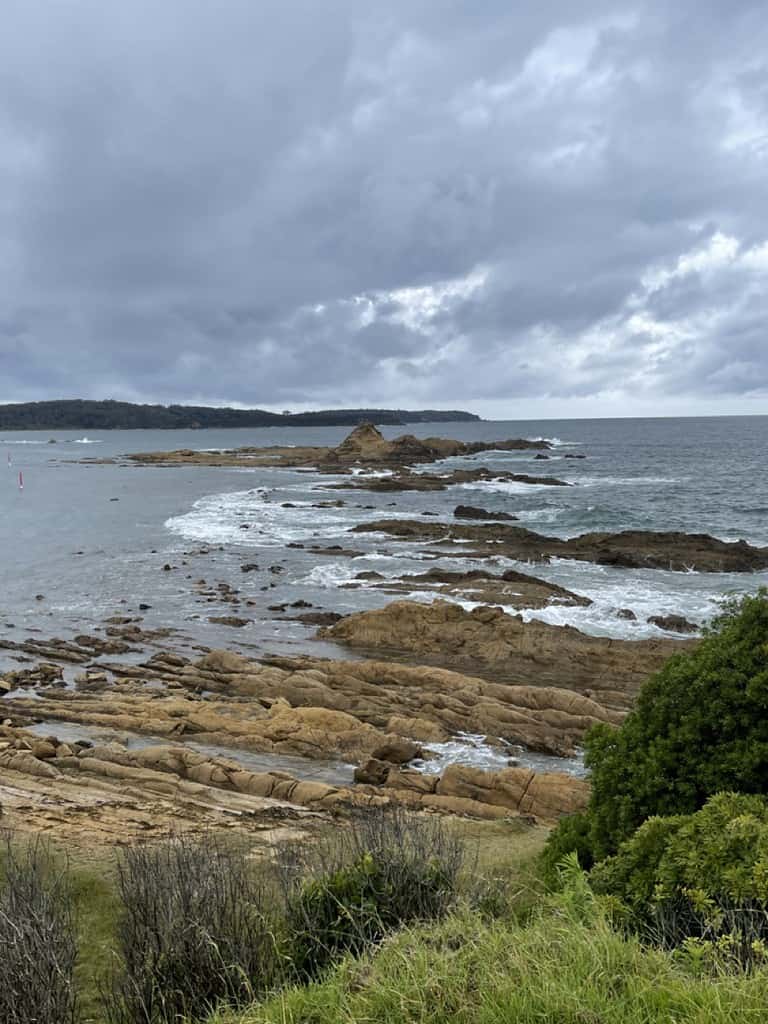
Location – Mossy Point Boat Ramp
Google Maps Link – Mossy Point Boat Ramp
Getting There – include parking and walking to location
Facilities at Location – Plenty of parking and great coffee at the little Boat Shed cafe. Closest public toilets on Coronation Drive, Broulee (5min drive).
Features – rock shelf, pelicans, lookout.
Good to Know – The best time to visit Mossy Point is during low tide when the rocks and tidal pools are exposed. To capture the beauty of this location, bring your neutral density filters, tripod, and wide-angle lens.
Mogo Wildlife Park
While not considered a traditional landscape photography location, Mogo Wildlife Park is definitely worth visiting if you have the time.
It’s a great way to fill in a couple of hours in the middle of the day and you can get up close and personal with their fabulous collection of endangered and rare animals.
The zoo’s incredible collection includes gorillas, rhinoceros, gibbons, giraffes, zebras, meerkats, cheetah, cotton-top tamarins, Sumatran tigers, red pandas, lemurs, oriental otters, siamangs, white lions along with deer and kangaroos that you can roam amongst and hand-feed.

Location – Mogo Wildlife Park
Google Maps Link – Mogo Wildlife Park
Getting There – right in the heart of Mogo with plenty of parking.
Facilities at Location – everything you need, including a great little cafe.
Features – you can also pay for a range of up close and personal experiences.
Good to Know – bring your telephoto lens and a fast shutter speed!
Once you’ve had enough of the cute animals, make sure you spend some time wandering the cute little town on Mogo itself. And don’t miss the fudge at the lolly shop!
Mullimburra Point
Around 30 minutes from Batemans Bay is the incredible Mullimburra Point, with its resilient 400 million-year-old granite and impressive 20-meter-high formation that protrudes 1 km out to sea, surrounded by steep rocky slopes.
It’s important to note that the path can be difficult to navigate, and there are unfenced cliff edges that can make it dangerous. It’s recommended to take extreme care and bring a guide with you who knows the area well to ensure your safety while exploring this beautiful location.
So, if you’re a keen photographer looking for a unique and challenging location to capture some stunning coastal shots, Mullimburra Point is definitely worth a visit.
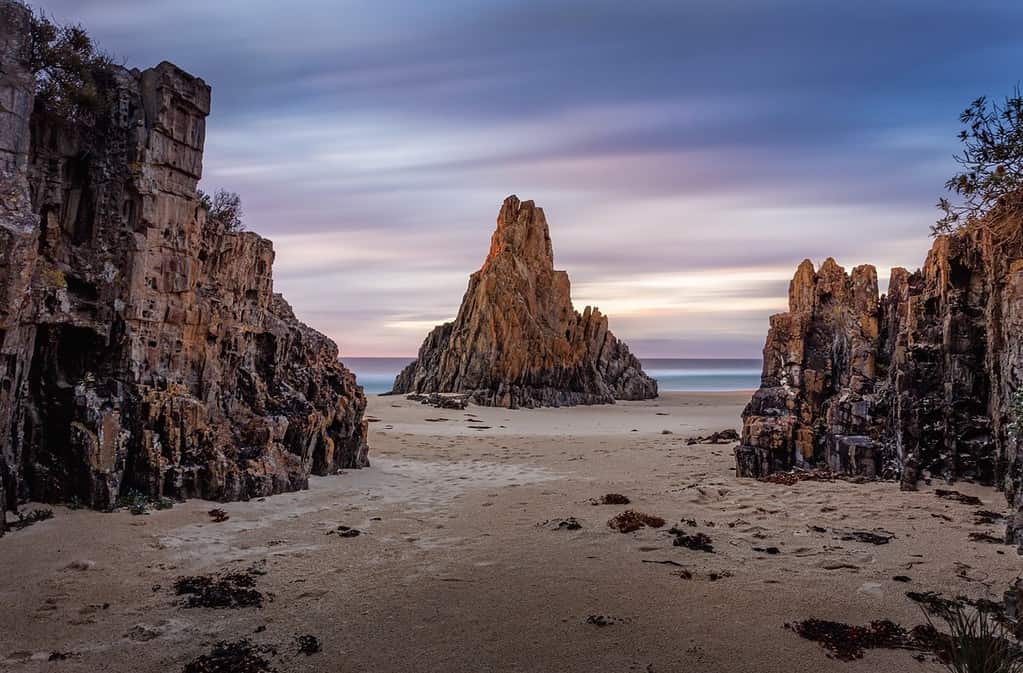
Location – Mullimburra Point Beach
Google Maps Link – Mullimburra Point Beach
Getting There – At the end of Mullimburra Point Road you will find a carpark that has tracks leading down. It’s definitely a it is a bit of a bush bash to get down though so I strongly recommend at least doing a scout beforehand if you’re planning on photographing at sunrise.
Facilities at Location – no facilities. Your best bet is probably to head back to Moruya for amenities and the essential coffee!
Features – beach with incredible rock formations.
Good to Know – great sunrise location BUT make sure you go with someone who knows how to get down there. The track is sketchy to say the least and not easy to find!
Bingie Bingie Point
Whether you spell it Bingi or Bingie, this is a stunning section of coastline with rugged cliffs and unique rock formations.
With the beautiful red rocks at one of the points you will be forgiven if you get confused and think you are in Tasmania.
This spot is known for its unique geological features, including intrusive igneous rocks such as granite and gabroic diorite, which make for some truly impressive landscape shots.
The point itself is a high, narrow granite formation that protrudes 500 meters seaward, with national park beaches to either side.
There are many different spots to shoot from in this one location, including the remains of an old shipwreck, so be sure to allow plenty of time. It truly can be visited a few times to actually capture it all.
Bingie Bingie Point is also an important place for the traditional custodians of the land. Hidden away from the water are evidence of shell middens, stone working areas, and quarries providing strong links to Aboriginal culture.
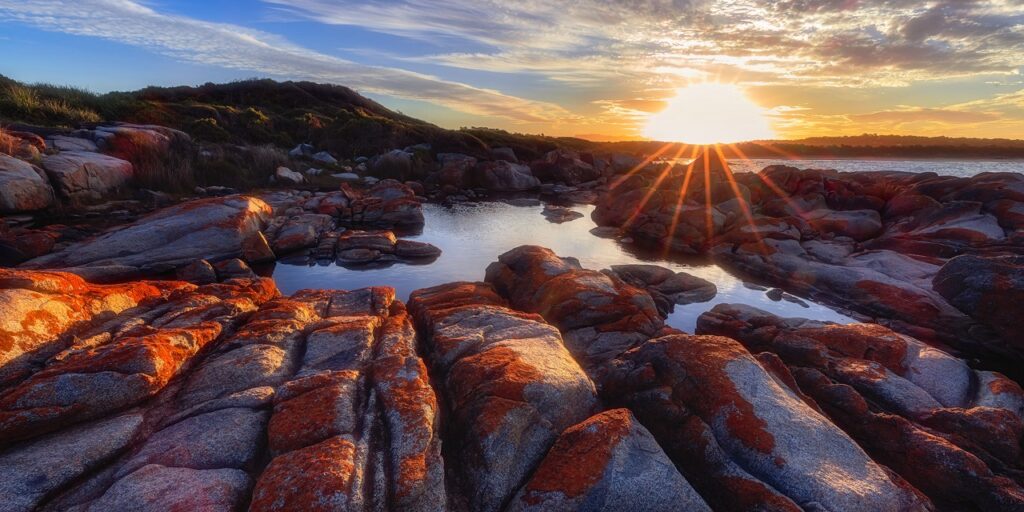
Location – Bingie Bingie Point
Google Maps Link – Bingie Bingie Point
Getting There – it is definitely worth the 40 minute drive from Batemans Bay to get here. Once parked it’s an easy walk to where you want to be to start taking photos.
Facilities at Location – no facilities here.
Features – coastline, rockshelf, beaches, incredible red igneous rocks as shown at the top of this article.
Good to Know – The beach at Bingie Bingie Point is perfect for long exposure shots, especially during sunrise or sunset. To capture the beauty of this location, bring your neutral density filters, tripod, and wide-angle lens.
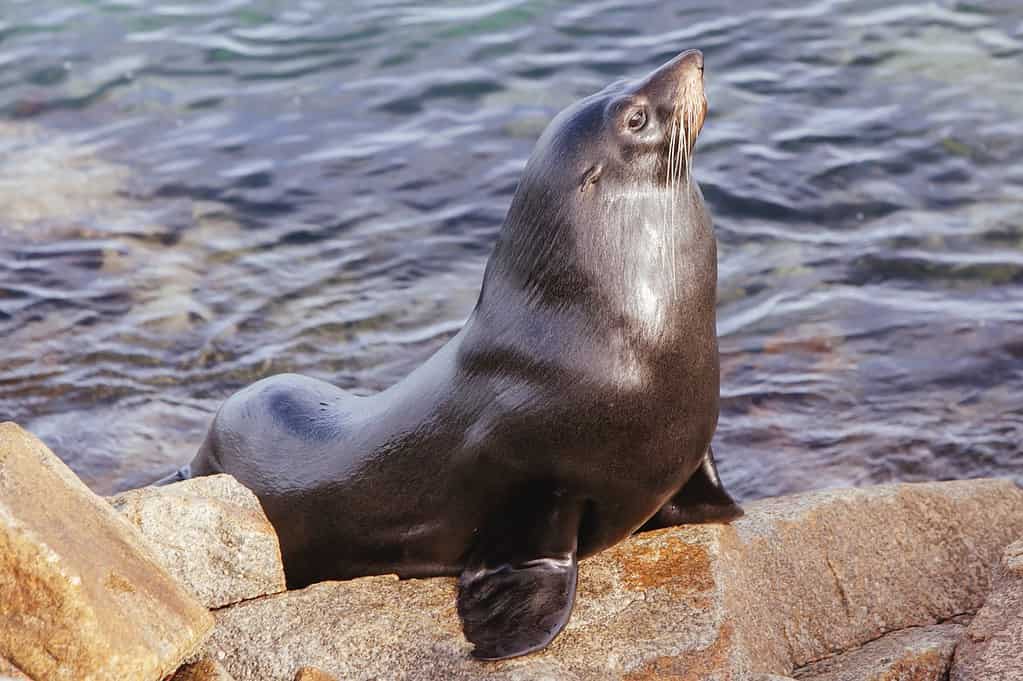
Glasshouse Rocks
Once your memory card is bursting from all the above locations around Batemans Bay it’s time to head south to Narooma.
While Instagram has made ‘Australia Rock’ famous, you don’t see as many photos of Glasshouse Rocks – and that’s a good thing!
Glasshouse Rocks in Narooma are a stunning location for capturing beautiful coastal shots. I know I say that a lot, but that is just what the South Coast of NSW is full of – stunning coastal photography locations!
These imposing rocks, which are between 510 and 440 million years old, provide a unique and stunning backdrop for photography.
If you’re looking for a beautiful and unique location to add to your list of must-visit locations for photography on the Eurobodalla coastline, be sure to check out Glasshouse Rocks in Narooma.
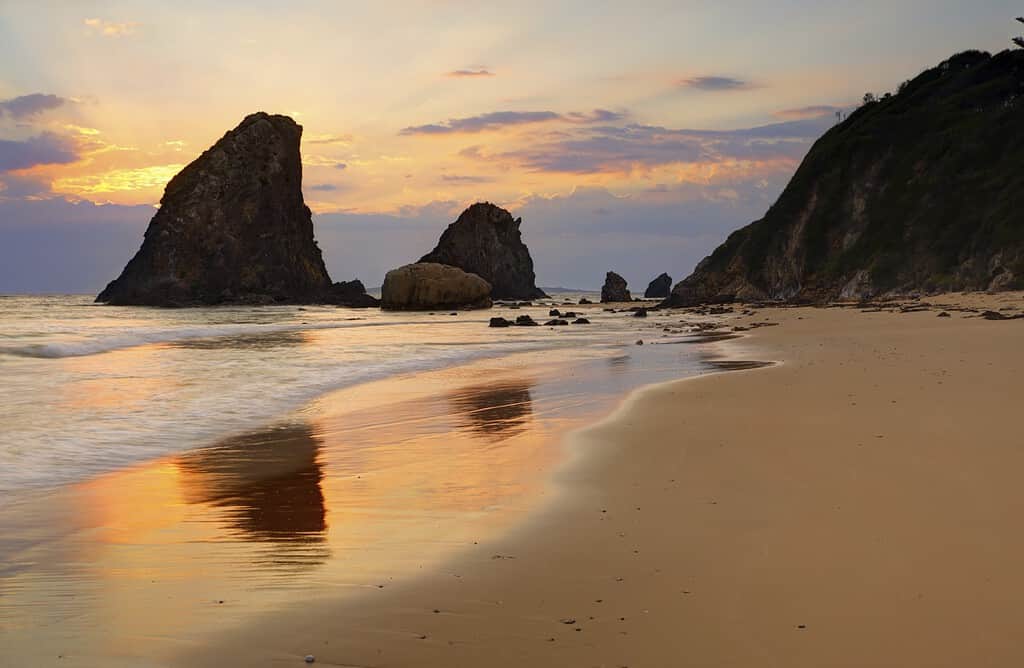
Location – Glasshouse Rocks, Narooma
Google Maps Link – Narooma Cemetery
Getting There – Park at Narooma Cemetery which is only a few minutes drive from the centre of town.
Once you park walk towards the forest at the edge of the cemetery. There is a white fence a trail heading downhil. Follow this trail until you come to a smaller, rougher trail. Head left onto this smaller trail and it will lead you down to the beach. Shouldn’t take more than around 15 minutes.
Facilities at Location – no facilities. Closest amenities are back in Narooma, as is coffee and refreshments!
Features – beach, coastline and unique rock formations.
Good to Know – The rocks are particularly striking during sunrise and sunset when the light hits them at just the right angle, creating a beautiful golden glow.
TIP – While the Glasshouse Rocks are just outside of Narooma, consider staying in nearby Bermagui – it’s only 30 minutes away and home to the rest of the locations in this article.
Blue Pool, Bermagui
The photography starts right in the middle of Bermagui with the Blue Pool that has resident seals year round, and within just a 15 minute drive you have both Camel Rock and Horse Head Rock.
Head to the viewing platform for dazzling views over the pool and coast – with whale sightings possible over the winter and spring months.
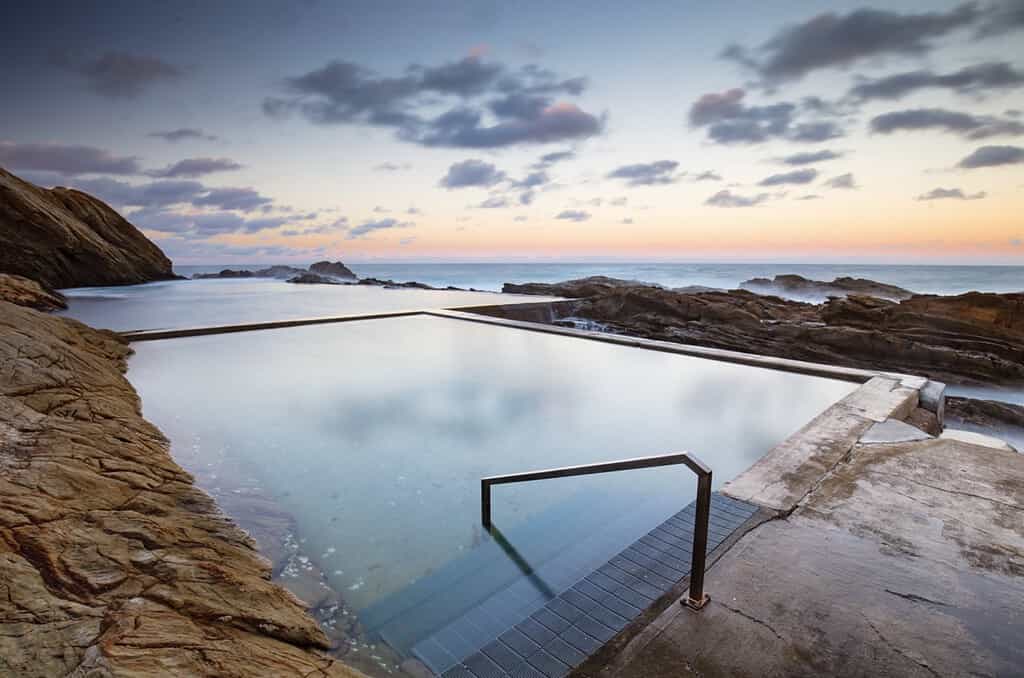
Location – Blue Pool, Bermagui
Google Maps Link – Bermagui Blue Pool
Getting There – The Blue Pool car park is located just off Pacific Drive. Walk along the path to the viewing platform from there, and then it’s just a few steps down to the pools themselves.
Facilities at Location – Picnic tables located next to the car park. Public toilets available including changing rooms should you decide to go for a dip, and why not?!?
Features – natural rock pools, cliff walls, rock formations and a small resident colony of seals. Winter and spring are also ideal times to see whales migrating up and down the coast.
Good to Know – the best time to visit the Blue Pool is obviously sunrise, but also take the time to explore the detalis of the rock pools. Also consider bringing your telephoto lens to catch those seals basking on the nearby rocks.
The water will be the clearest and cleanest after a rough high tide, but it is usually pretty clear year-round.
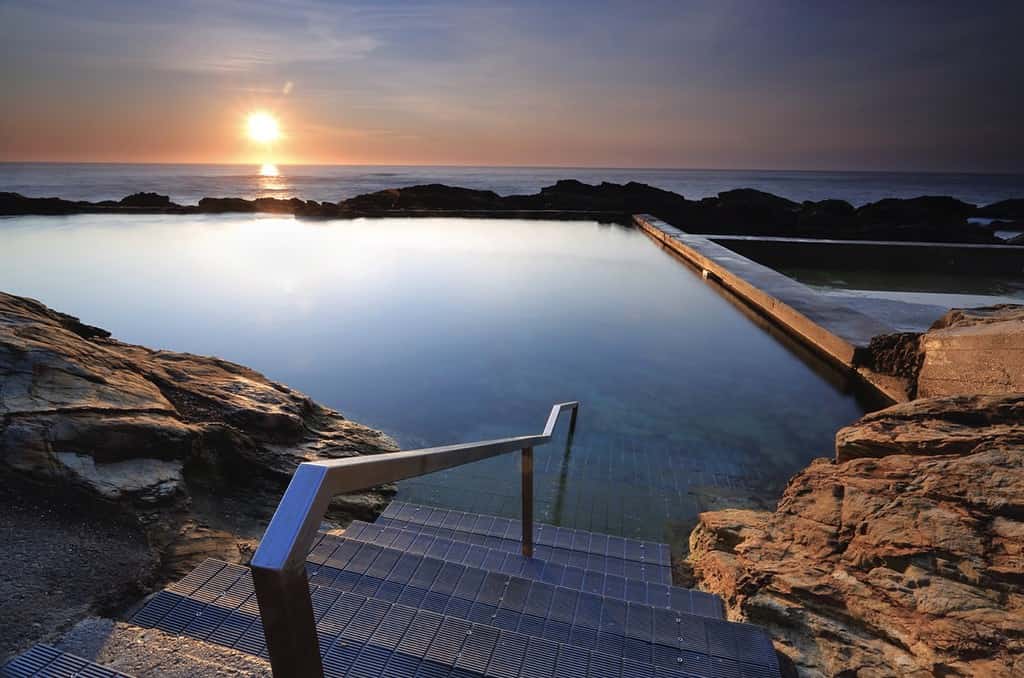
Camel Rock
Camel Rock is a spectacular ancient rock formation that was created around 450 million years ago.
It was named this as it resembles a camel of course, although I’ve been told on more than one occasion that it’s a stretch to see the resemblance lol.
Either way it’s a stunning rock formation more than worthy of pointing your camera at – with a tripod of course!
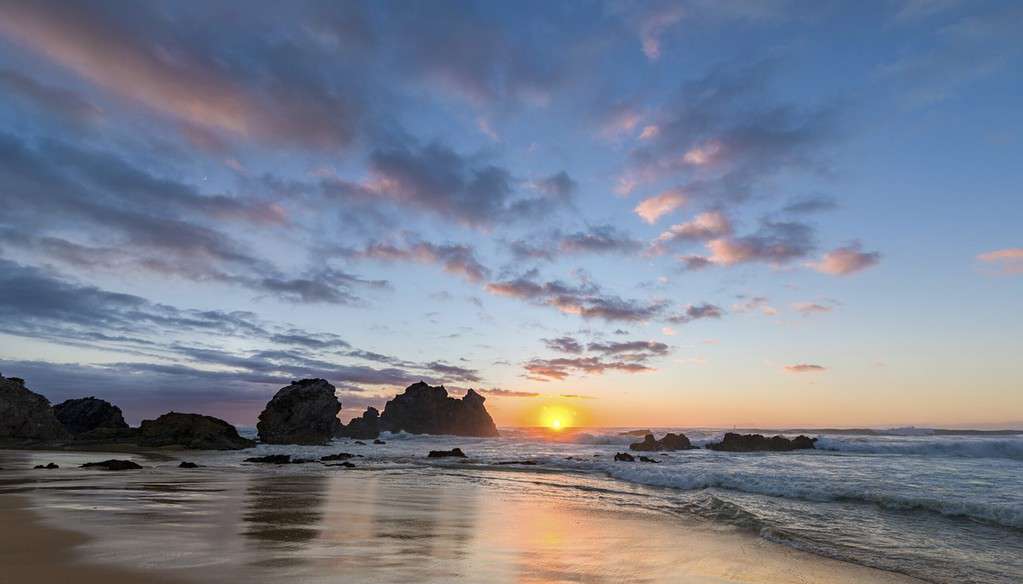
Location – Camel Rock
Google Maps Link – Camel Rock Beach Carpark
Getting There – The Camel Rock Beach Carpark is located around a 10 minute drive from Bermagui. From there the walk to Camel Rock is less than 5 minutes along the beach. You can see the rock formation pretty much as soon as you get to the beach (looking north).
Facilities at Location – No facilities. Best to head back to Bermagui for toilets – and coffee!
Features – unique rock formation and don’t discount the rocks in the foreground in your composition.
Good to Know – It is easily accessible by a short beach walk and good to photograph at either sunrise or sunset – the moodier the better for this location. And don’t just stay on the beach side. Make sure you’ve got good shoes on and venture around the rocks for some different and interesting compositions.
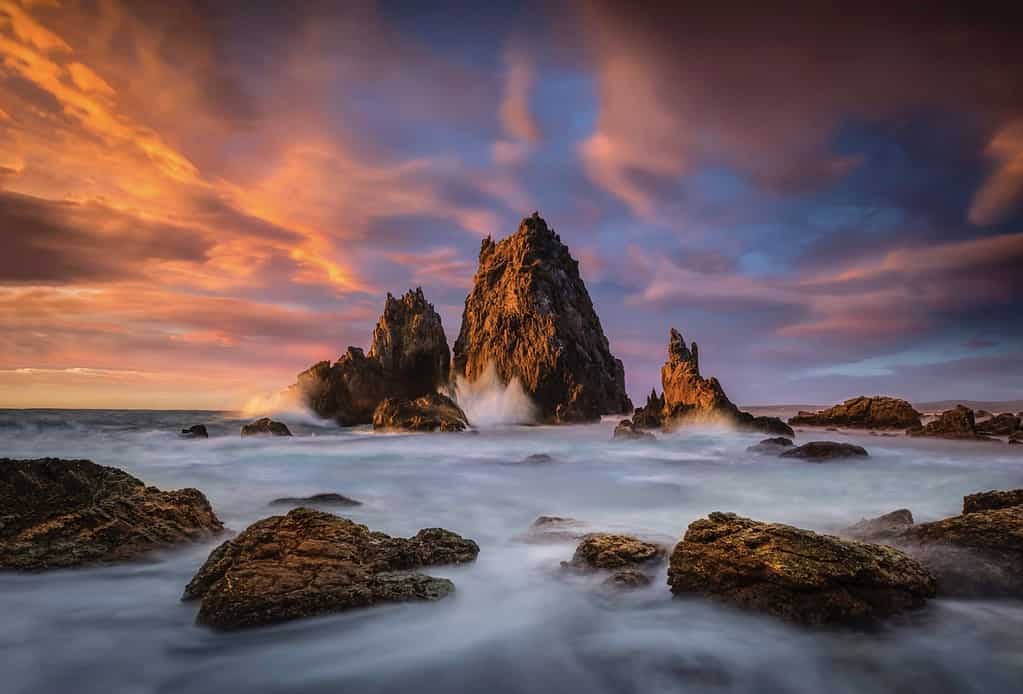
Horsehead Rock
Most landscape photographers will have heard of this incredible location. It is of course named for its unique shape that resembles a horse’s head.
It’s also more than 500 million years old, it’s one of the most ancient rock formations in New South Wales.
One important thing to keep in mind when visiting Horse Head Rock is that it’s only accessible from the beach during low tide.
If you time your visit right, head from the carpark to the beach and take in the stunning views of Camel Rock, the towering rock formation that greets you upon arrival.
From there, follow the path along the rocks for a couple of hundred meters until you reach Horse Head Rock, which is accompanied by a beautiful rock pool in front of it. While exploring the formation, it’s important to keep the tide times in mind to avoid getting trapped by the high tide.
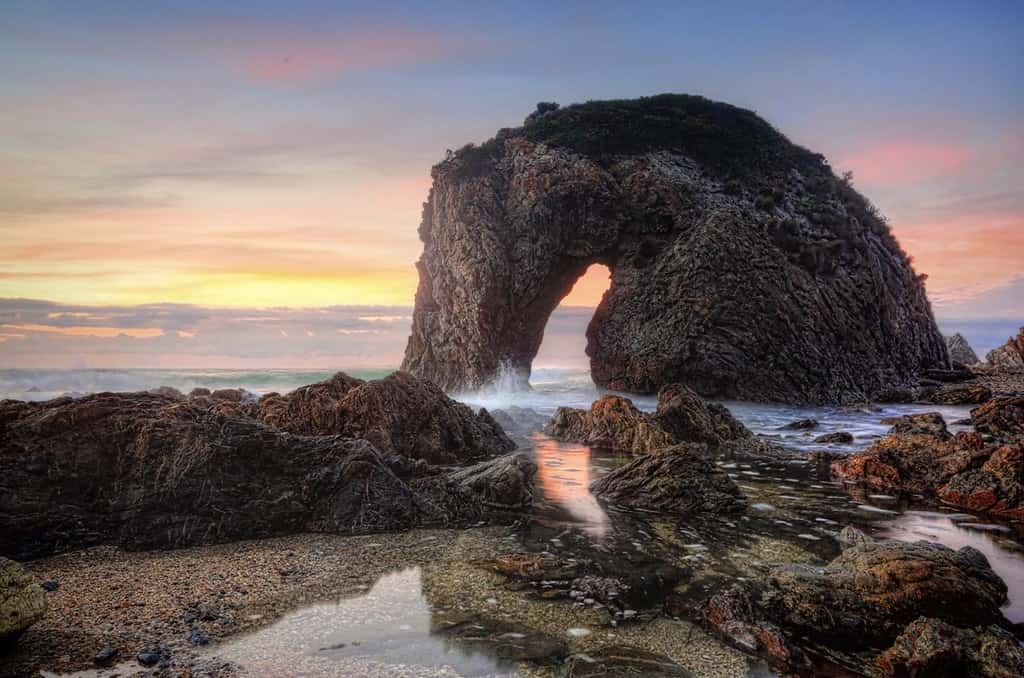
Location – Horse Head Rock
Google Maps Link – Camel Rock Beach Carpark
Getting There – The Camel Rock Beach Car Park is located around a 10 minute drive from Bermagui. If you arrive at low tide it’s a short 200m walk around the coastline past Camel Rock – make sure you can get back out though.
Facilities at Location – No facilities. Best to head back to Bermagui for toilets – and coffee!
Features – this location really is all about the main feature, but do try and photograph Camel Rock while you’re there.
Good to Know – as previously mentioned it must be at low tide if you want to access it from the beach, and of course sunrise is the best time. It’s also a popular astrophotography location if you’re really keen!
If you do happen to visit Horse Head Rock during high tide, don’t worry – there’s still a way to view the rock from above. The clifftop trail begins at the carpark and offers several viewpoints of the rock along the way. To find the trail, look for the Yuin cultural heritage sign in the shape of a surfboard at Camel Rock carpark. The trail starts right behind it and takes you through a scenic route with stunning views of the ocean and rock formations. Keep walking until you reach a wide grassy field, which is the best spot for viewing and photographing Horse Head Rock. From this vantage point, you can capture the rock in its entirety with the ocean as the backdrop.
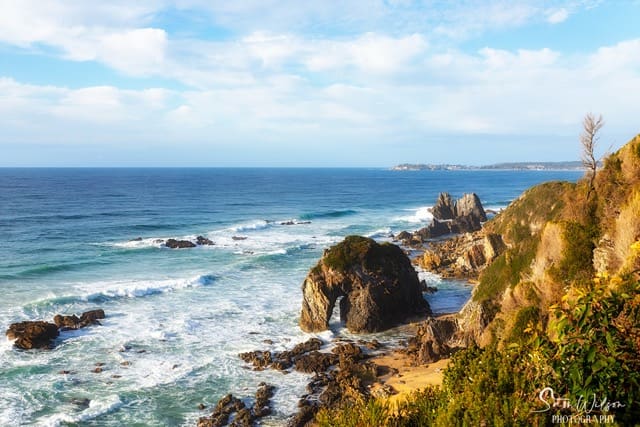
Conclusion
And there you have it – the top 10 photo spots on the South Coast of New South Wales!
I hope that this list has inspired you to explore the beauty of this region and capture some amazing photos along the way.
Have you visited any of these locations before? Or do you have any other favourite photo spots on the South Coast that I missed?
I’d love to hear from you! Leave a comment below and share your thoughts.
So grab your camera, head out to these locations, and let your creativity run wild!
That’s it for now – Keep clicking and stay caffeinated
Like this post? PIN it so you can save it for later
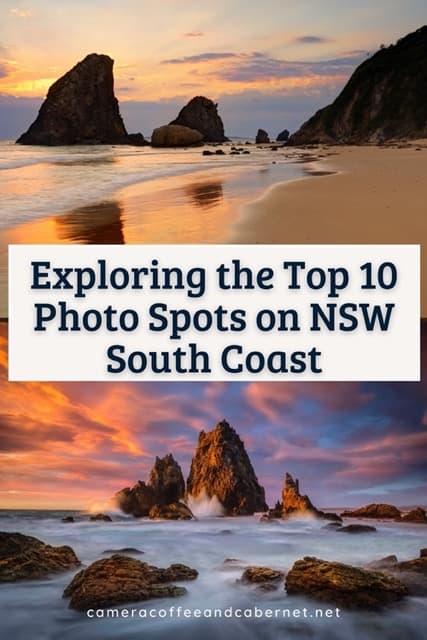
Other Great Photography Location Posts:
- Kiama Photography Locations: The Top 10 Spots for Great Photos
- Blue Mountains Waterfalls
- NSW Snowy Mountains Photography Locations
- Blue Mountains Lookouts
- Central Coast Photo Locations
- Tasmania Photo Locations: 25 Must-Go Spots For Great Photos
Want to learn more about how to improve your landscape photography? This book will get you well on your way – Without buying a heap of fancy gear:
Don’t miss a post – sign up Here if you haven’t already and check out some of my FREE photography and travel resources:

